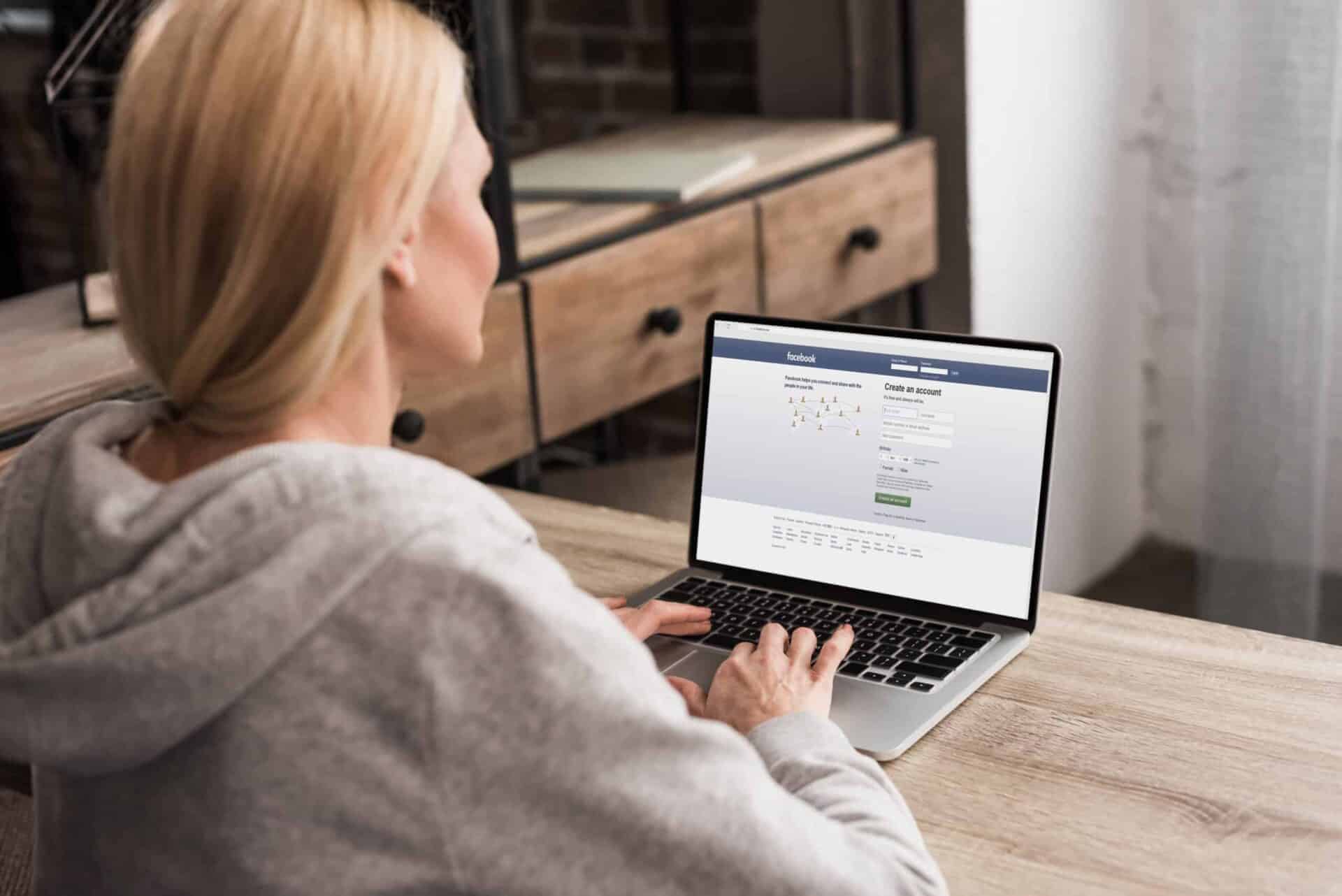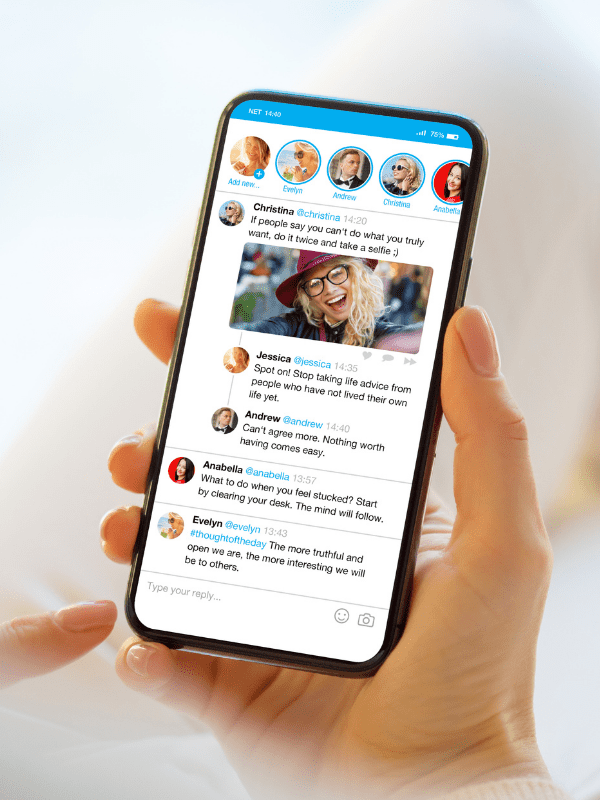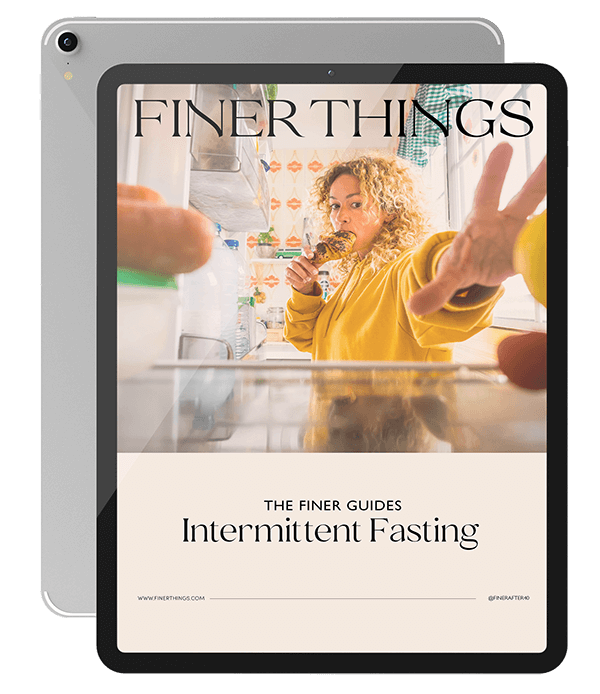How to Spot Fake News on Facebook & Social Media

By Christina Lyon
You know the headlines: “Charles Manson released on parole” or “Elderly woman trains 65 cats to steal from neighbors.” It seems like every day, something bizarre and outlandish pops up in your news feed. Some false news headlines are outrageous, while others are harder to detect.
Do you need to know how to spot fake news on Facebook though? Whether it’s speculation about the validity of coronavirus or false information about child trafficking from a pizza parlor (yes, that headline exists, and yes, it’s false), fake news is dangerous.
The spread of false news and misinformation is so rampant that there’s even a documentary about it called The Social Dilemma.
The documentary takes a hard look at how conspiracy theories breed on social media, particularly on Facebook, Twitter, and YouTube — and before you cast a judgy side-eye, consider that fake news can dupe anyone.
In fact, it’s created for that sole purpose. What can you do?
It’s essential to build up media literacy across your social network and equip yourself with tools for detecting the red flags in false news. In this article, we’ll show you exactly how to spot fake news on Facebook (and other social media) and get to the truth.
The Problem with Social Media “News”
It’s easy to scratch your head at this phenomenon, but it happens more easily than you might think. The nation is politically divided, there’s a health crisis, and people want validation that their opinions or skepticism are legitimate.
So, in an era where anything can happen, fake news breeds.
Lies are also much more interesting than facts, which is why false news stories get 70% more retweets on Twitter than real news, according to a recent study.
Worse, the study also found that fake news spreads like wildfire, moving six times faster than the truth.
When you’re on social media, you might not think you’re being targeted or sucked into a misinformation pit, but it happens easily.
A topic with a click-worthy headline piques your interest on social media. You follow the link, and the app’s algorithm begins to show you more similar content. Within a few days, your newsfeed becomes a breeding ground for misinformation, and it feels authentic.

The Social Media Vortex
It’s only a matter of time before a Facebook Group lures you into joining, where a community of impassioned individuals fall victim to believing these false claims are true.
Get The Finer Life
Our Sunday email has tips and content you will love – exclusively for our subscribers.
"*" indicates required fields
The scariest part is that most of these Facebook posts and false stories are created and spread by bots — not real people. And while many media companies are tightening their security protocols and including fact-checking data on compromised news articles, you need to armor yourself while they stumble through the process of protecting you.
What can you do to protect yourself and your family from conspiracy theories? It comes down to how to spot fake news on Facebook, so you can stop misinformation before it spreads.
First, ask yourself, who are these news sources? Can you trace the source to a credible publication? If not, get wise to fact-checking.
Master the Art of Fact-Checking
Real news outlets will supply sources to their data and research. But false outlets? They’ll have sensationalist headlines, shoddy formatting, and sleight of hand with images, facts, and data.
It’s up to you to become a masterful fact-checker, not just for your safety but that of your family and friends.
We’re going to equip you with a fact-checking list at the end of this article, but in the meantime, you can also fact-check social media posts with reputable, third-party fact-checkers.
Use Non-Partisan Fact-Checkers
One of the most direct ways to spot fact from fiction is to use a non-partisan fact checker site.
- Washington Post FactChecker. The same publication that exposed Watergate is helping you track false news.
- Snopes.com is an investigative reporting site that fact checks misinformation and rumors online, and it has been doing this since 1994.
- PolitiFact.com. It’s no secret that politicians from Trump to Hilary Clinton stretch the truth (we’re putting it kindly). Cut through the BS and check the facts with PolitiFact.
How to Spot Fake News: A Checklist
Follow this checklist to develop a sharpened eye for the telltale signs of fake news. At first, you might be hyper-aware that you’re trying to master how to spot fake news on Facebook, but after some times with these steps they’ll become second nature when reading new sources.
- Question every headline. Does injecting robots and microchips into your bloodstream by way of the COVID-19 vaccine sound crazy? It is, and it’s a conspiracy theory. Headlines are the first indication of a fishy news story.
- Read the link. Does it kind of look familiar, but something’s a little off? For example, ABCnews.com.co looks legitimate enough, right? Well, it’s not, because the real site is abcnews.go.com. Similar enough link, but a wrong-click into “fakenewsland.”
- Check the source. What kind of news organization is this? Head to the website and read the names of the reporters. Do they have a solid reputation for reporting just the facts? If you’re unsure, look for an “About” page. If the bio is abstract and you can’t find a legitimate source or credible background, click away.
- Follow the money. Who’s funding this publication? Is it a known alt-right conservative or leftist extremist? Fake news abounds in both parties. Follow the money, and you’ll discover that everything is bought — even the news.
- Look at the photos, dates, and claims. Many times, memes take on a new life, but all too often, the same images from old news are used to spread misinformation about current events. Prime example? In the 2020 elections, a meme alleging voter fraud in Michigan went viral on Facebook. The problem? The screenshot was from a 2019 lawsuit. If you’re unsure, try a reverse image search to find the image’s original date and publication.
- Is it a joke? For instance, the Onion publishes obviously false news as a satirical commentary on everything from politics to entertainment. One of the latest: “Texans Facing Electricity Bills As High as $17K Following Winter Storm.” We know this is a joke because, sadly, most of Texas has been without power.
- Is there legitimate evidence or data? If not, then this is purely opinion-driven and should not be interpreted as legitimate news.
- Read unbiased news sites. Most media outlets have biases and political affiliations. Fox is notoriously conservative, while CNN is obviously liberal. And on social media? It’s the Wild Wild West of misinformation, and anything goes. To cut through the influential reporting and fake news, leave social media platforms and find real news from sites like BBC, NPR, Reuters, USA Today, Market Watch, and Associated Press News.
- Follow a media bias chart to see which publications are left, left-leaning, neutral, right-leaning, and right.
How to Spot Fake News on Facebook & Find the Truth
The purpose of fake news is to divide people. So, next time you see a loved one posting about a planet colliding with earth or ISIS lighting the Eiffel Tower on fire, exercise your judgment and intellect.
If it seems outrageous, it probably is. But true to the mystery of life, sometimes real news is stranger than fiction, proven by the pandemic’s first viral show and bizarre true story, Tiger King.
So, don’t get down on yourself if you fall victim to fake news; it’s deliberately attempting to deceive you. Keep this fake news checklist on hand and use the tips we shared to cut through the smoke and mirrors and find the truth — although it might be buried under clickbait — it’s out there.
Header photo by LightField Studios via Shutterstock.com | The above content may contain affiliate links. Finer Things earns from qualifying purchases. When you click and shop, we receive a small commission to support our writers.

Want a Free Guide?
You will receive our free 19-page guide and access to our exclusive content, private invitations, and tips you’ll love.
"*" indicates required fields
Facebook Group